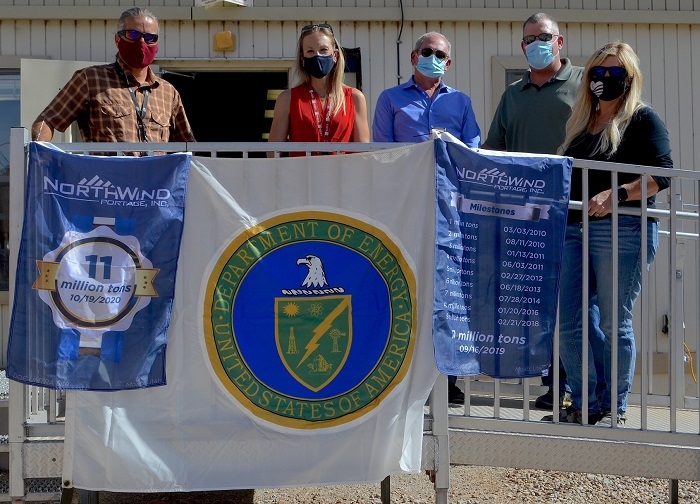DOE moves to strengthen domestic supply chain of critical minerals
The Department of Energy has issued new guidance for applicants to its Loan Programs Office (LPO), stating a preference for projects related to critical minerals.
The guidance, a notice for which was published in the December 1 Federal Register, aims to boost the domestic supply chain of critical minerals in support of two of President Trump’s executive orders: the September 2020 order regarding the nation’s reliance on foreign sources for critical minerals, and the December 2017 order regarding the implementation of a federal strategy to ensure a domestic supply of those minerals.


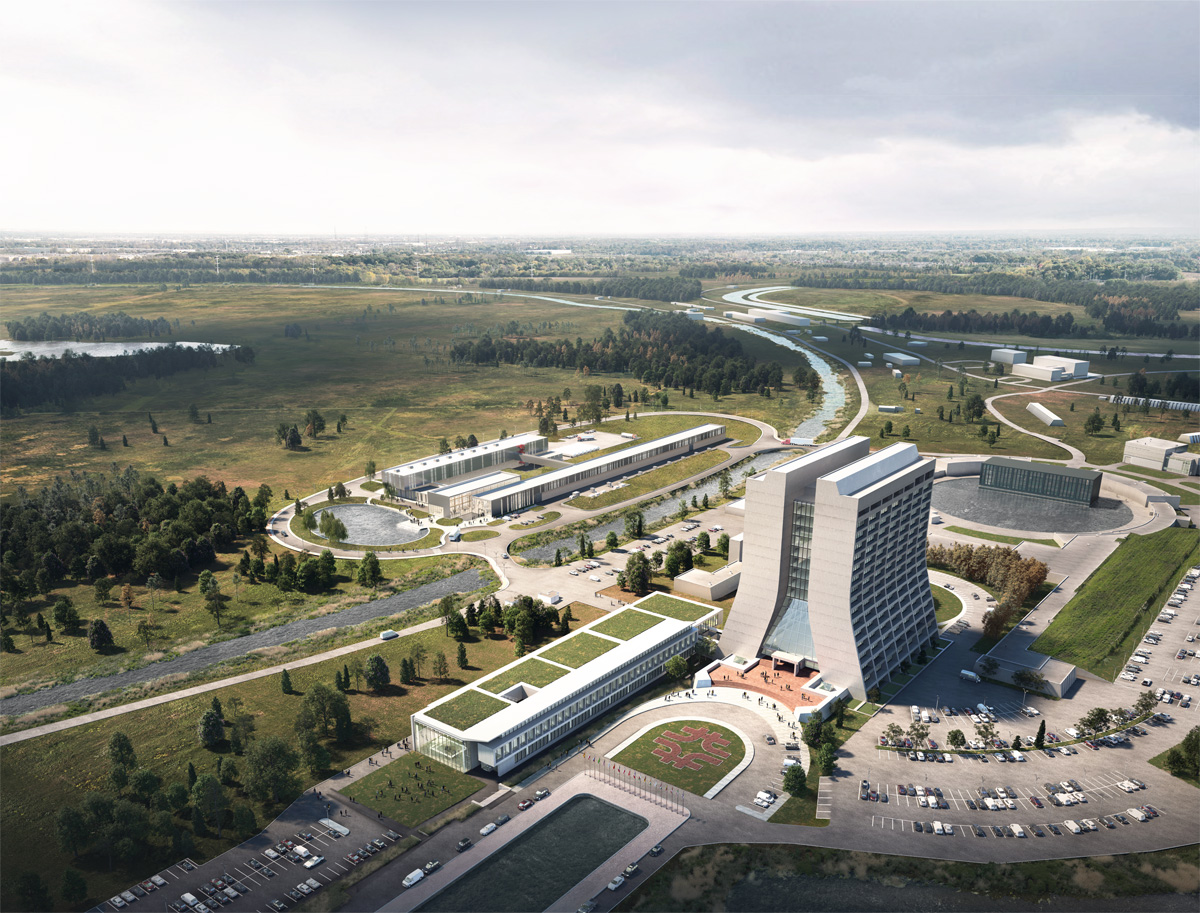
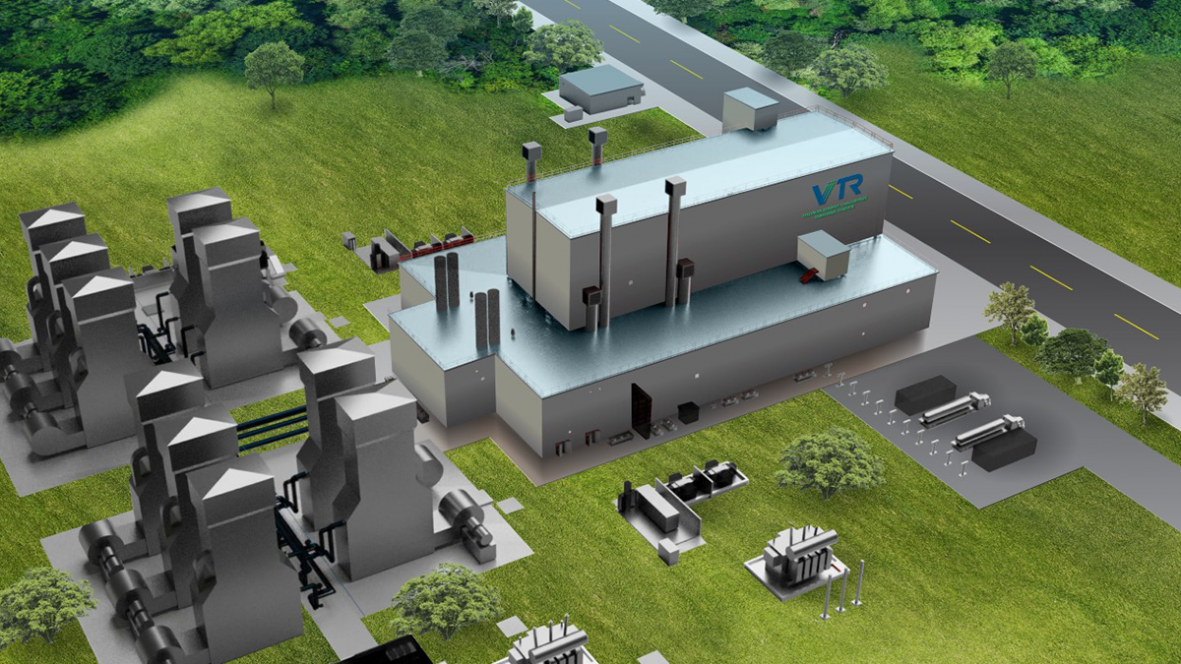
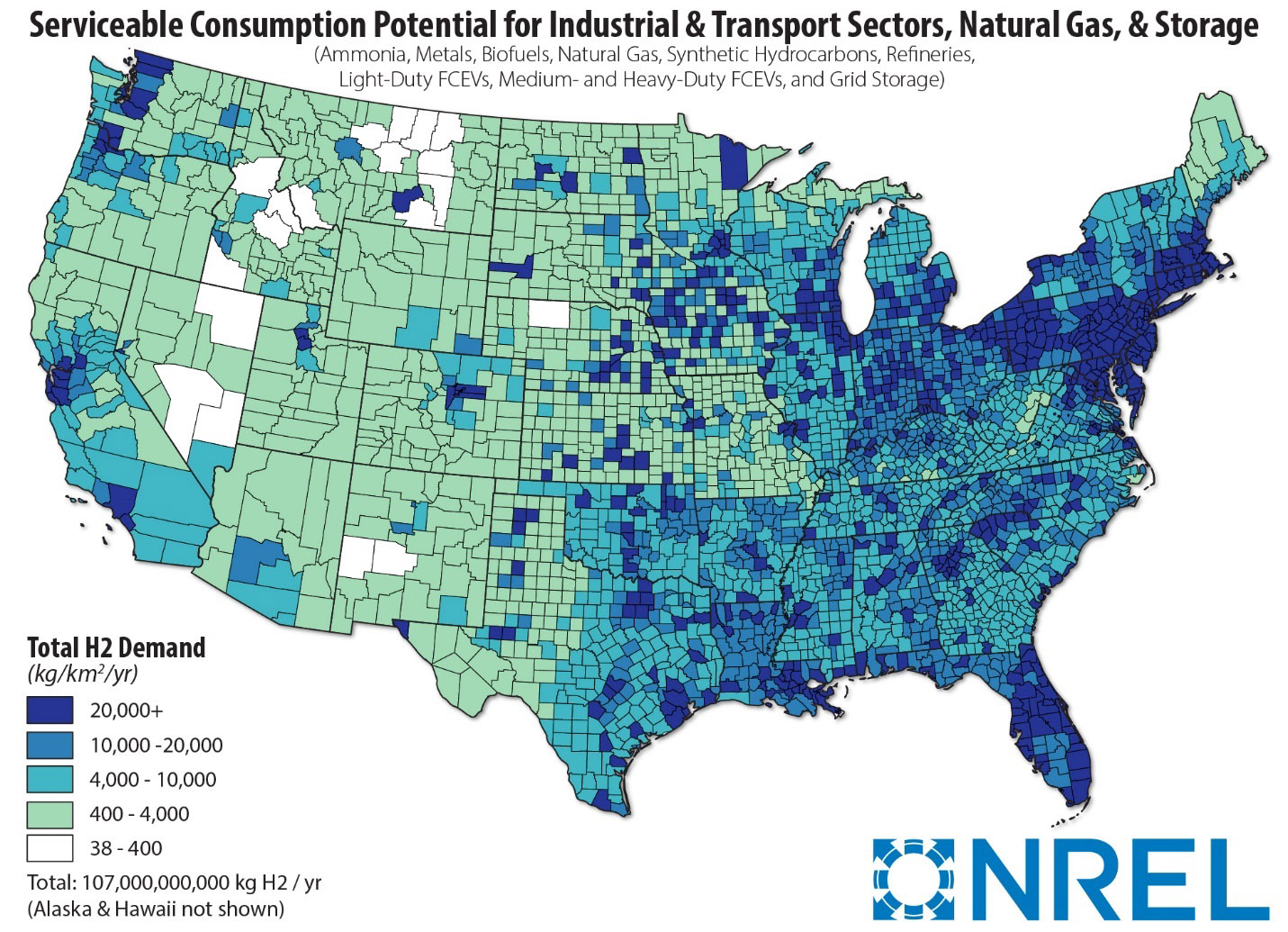
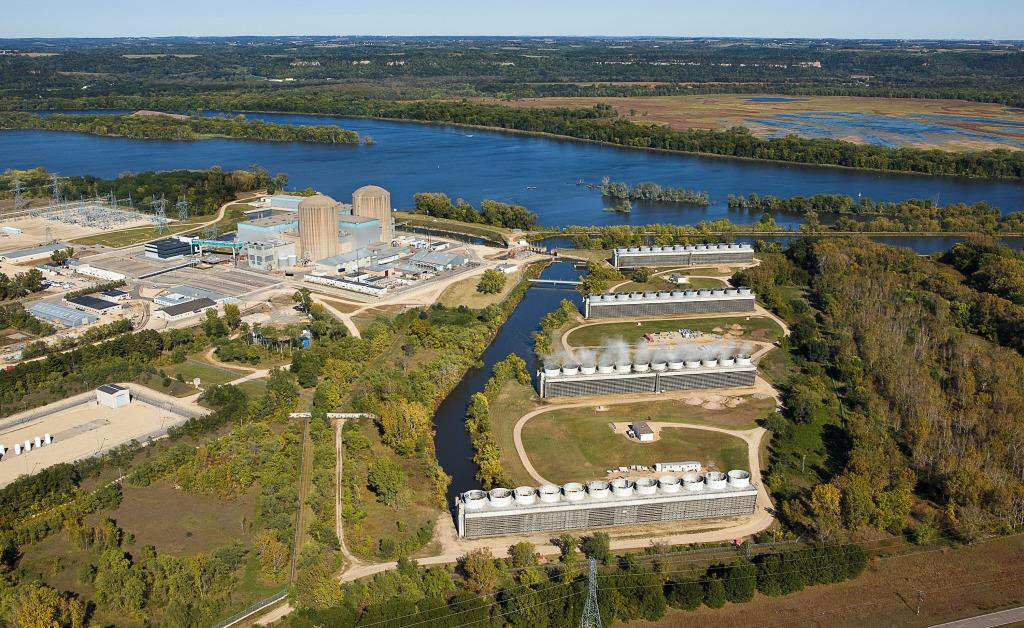
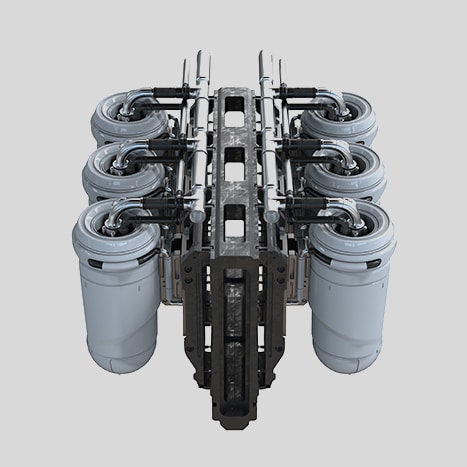
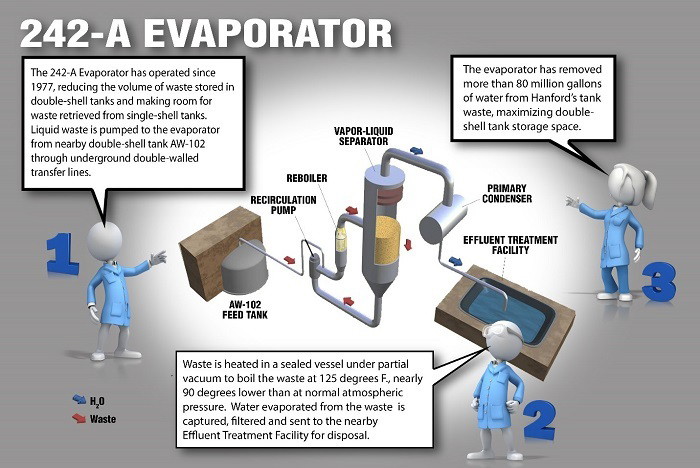
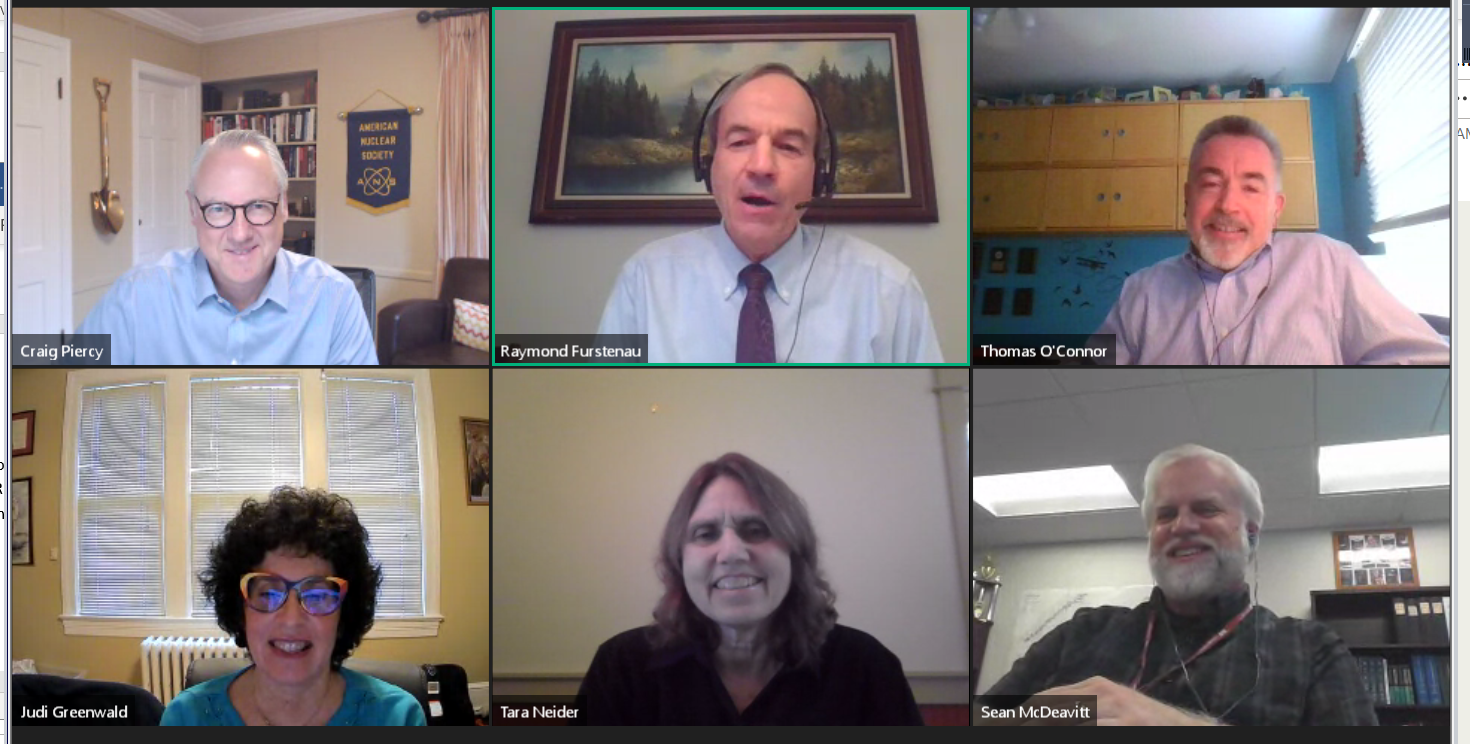
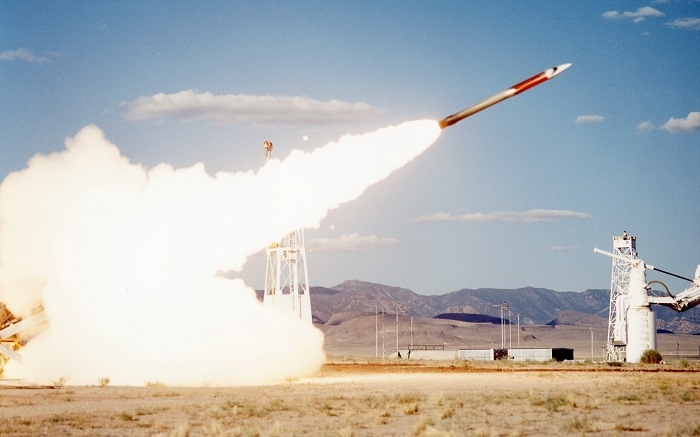
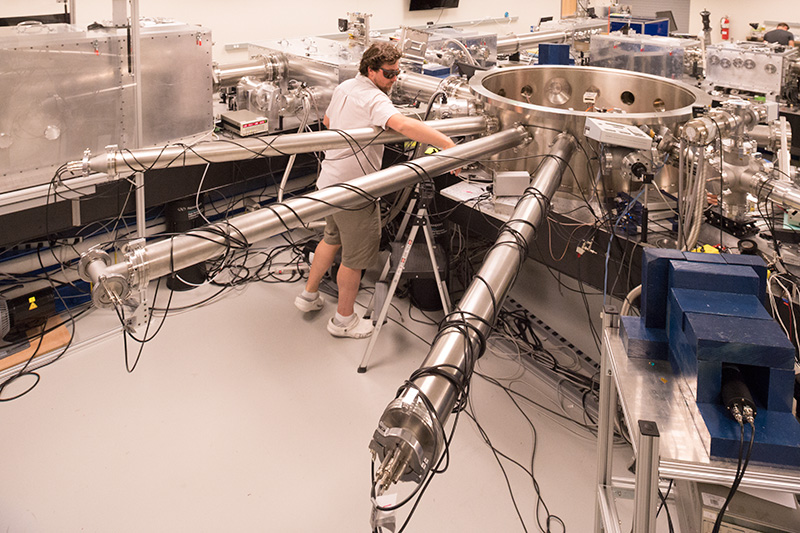
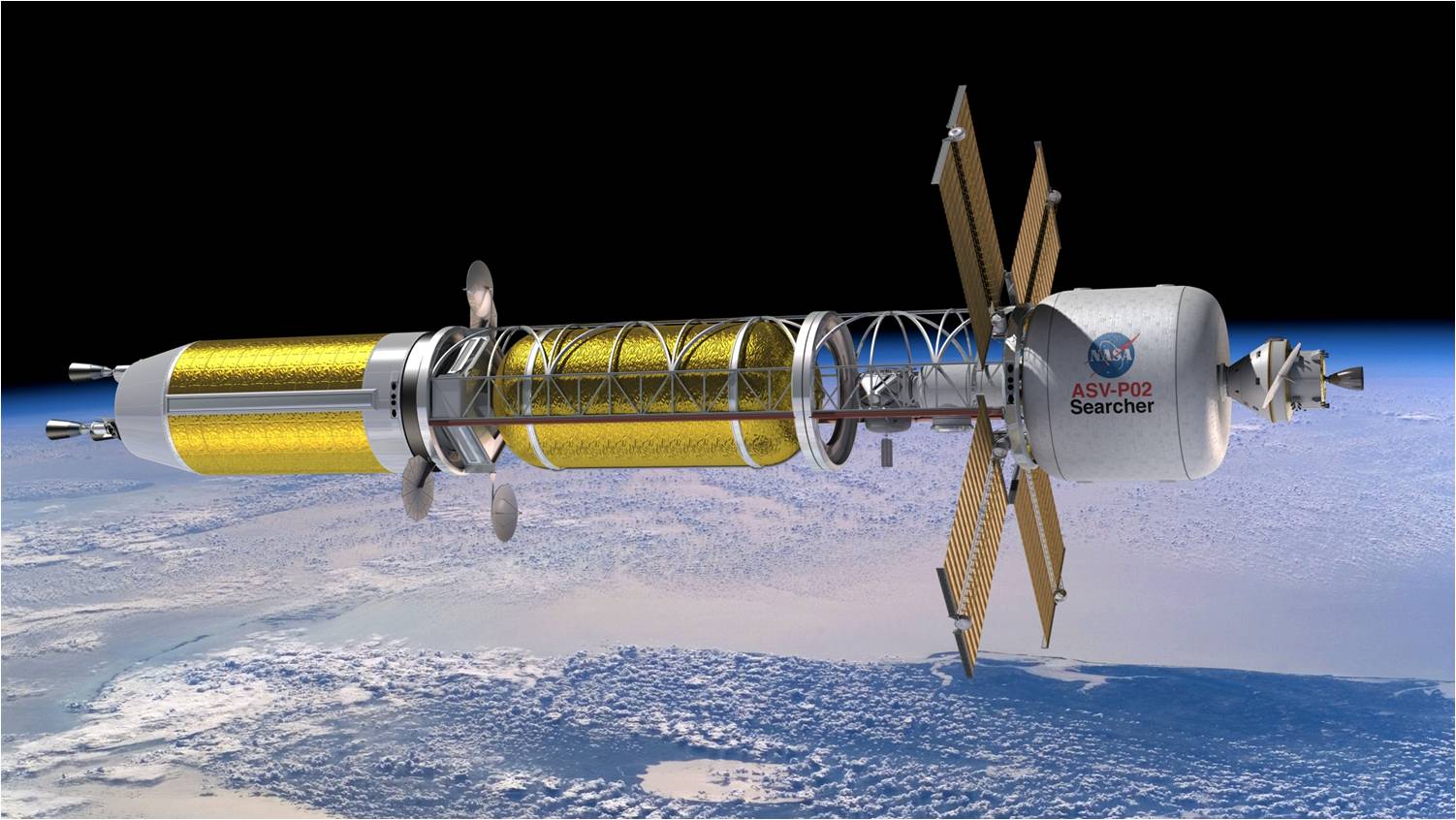
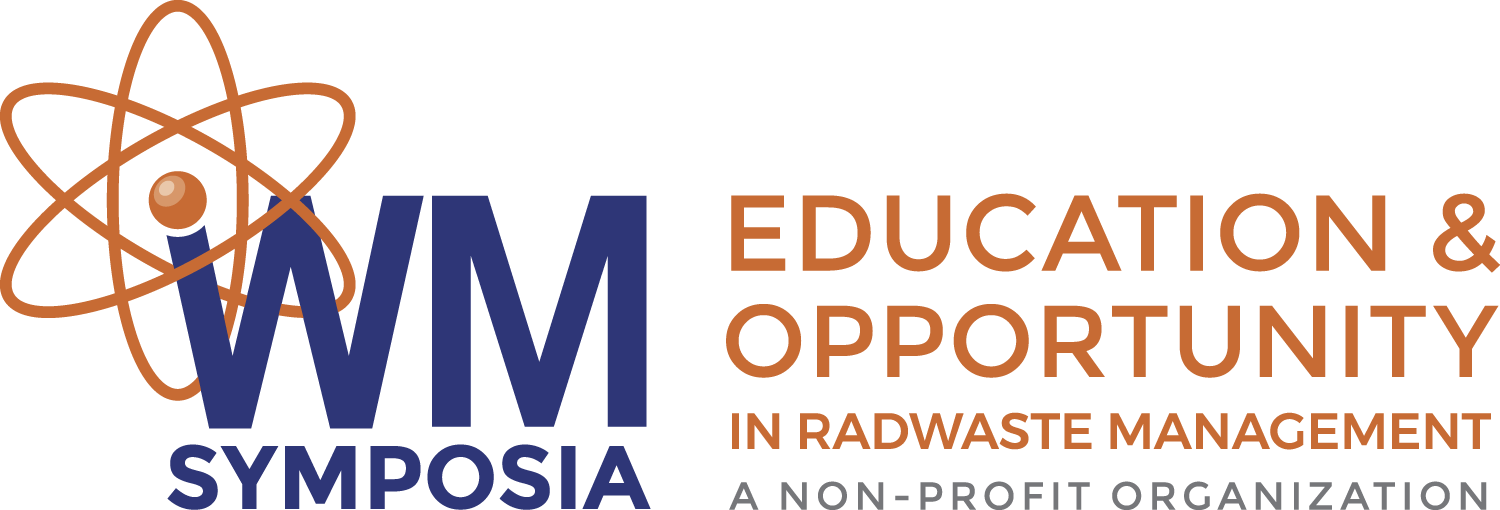 Waste Management Symposia, which hosts the Waste Management Conference every year in Phoenix, Ariz., announced on October 23 that it is putting an increased emphasis on funding scholarships at historically black colleges and universities (HBCU) and at institutions near Department of Energy sites. The organization said that the funding is part of its continuing effort to help the DOE and the nuclear industry develop the workforce of the future.
Waste Management Symposia, which hosts the Waste Management Conference every year in Phoenix, Ariz., announced on October 23 that it is putting an increased emphasis on funding scholarships at historically black colleges and universities (HBCU) and at institutions near Department of Energy sites. The organization said that the funding is part of its continuing effort to help the DOE and the nuclear industry develop the workforce of the future.
